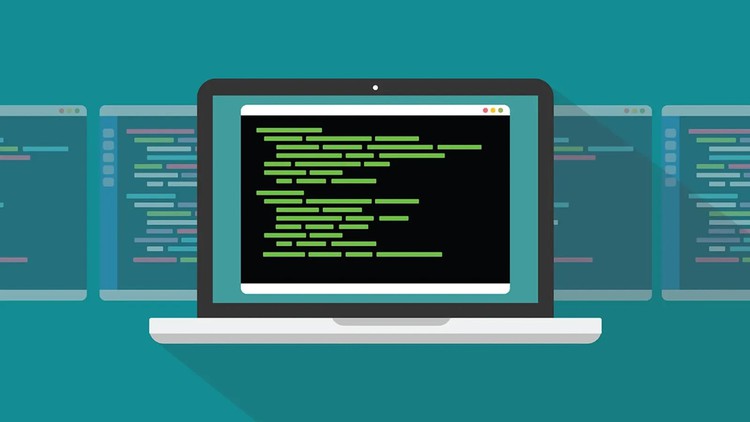
Become a Linux System Administrator Level 1 and 2, System Engineer Or perhaps you’re interested in Cloud and DevOps jobs
What you will learn
You will learn how to install and manage packages in RPM-based operating systems such as CentOS and RHEL, as well as Debian-based OS such as Ubuntu and Debian
You will learn the best practices for patching a Linux server.
You will learn and practice on popular operating systems such as RPM OS, Debian OS, and AWS Cloud.
You will learn how to manage disk management for LVM (Logical Volume Management).
You will learn how to manage networking using NetworkManager ( nmcli ) and file-based configurations
How to use Linux command line tools to navigate the file system and manage files and directories
How to manage user accounts and groups, configure network settings, and install and manage software packages
System administration skills such as setting up and configuring services, managing processes, and monitoring system performance
Troubleshooting methodologies and tools, and how to identify and resolve common Linux issues such as network connectivity problems, file system errors
You will learn how to share directories for NFS (Network File System) in both RPM-based operating as well as Debian-based operating systems
Description
Linux is a powerful, open-source operating system that has become an integral part of modern computing. As a result, Linux system administration is a highly valuable skill for IT professionals and organizations alike. This course is designed for beginners who want to learn how to effectively administer and troubleshoot Linux systems.
The course begins with an introduction to Linux and its history, followed by an overview of the Linux file system and basic commands. You’ll then learn how to manage users and groups, configure network settings, and install and manage software packages.
As you progress through the course, you’ll gain practical skills in system administration, such as setting up and configuring services, managing processes, and monitoring system performance. You’ll also learn how to automate tasks using shell scripting and perform system backups and restore data in case of a disaster.
In addition, you’ll learn how to troubleshoot common Linux issues, such as network connectivity problems, file system errors, and package installation failures. You’ll explore troubleshooting methodologies and tools, and learn how to identify and resolve issues in a timely manner.
Throughout the course, you will learn skill that allow you to practice the skills you’ve learned in a safe, sandboxed environment. You’ll also have the opportunity to work on a project that demonstrates your understanding of Linux system administration and troubleshooting.
By the end of this course, you’ll have a solid understanding of Linux system administration and troubleshooting, and be well-equipped to manage Linux systems in a professional setting. Whether you’re interested in pursuing a career as a Linux system administrator or simply want to enhance your IT skills, this course is an excellent starting point.
Content